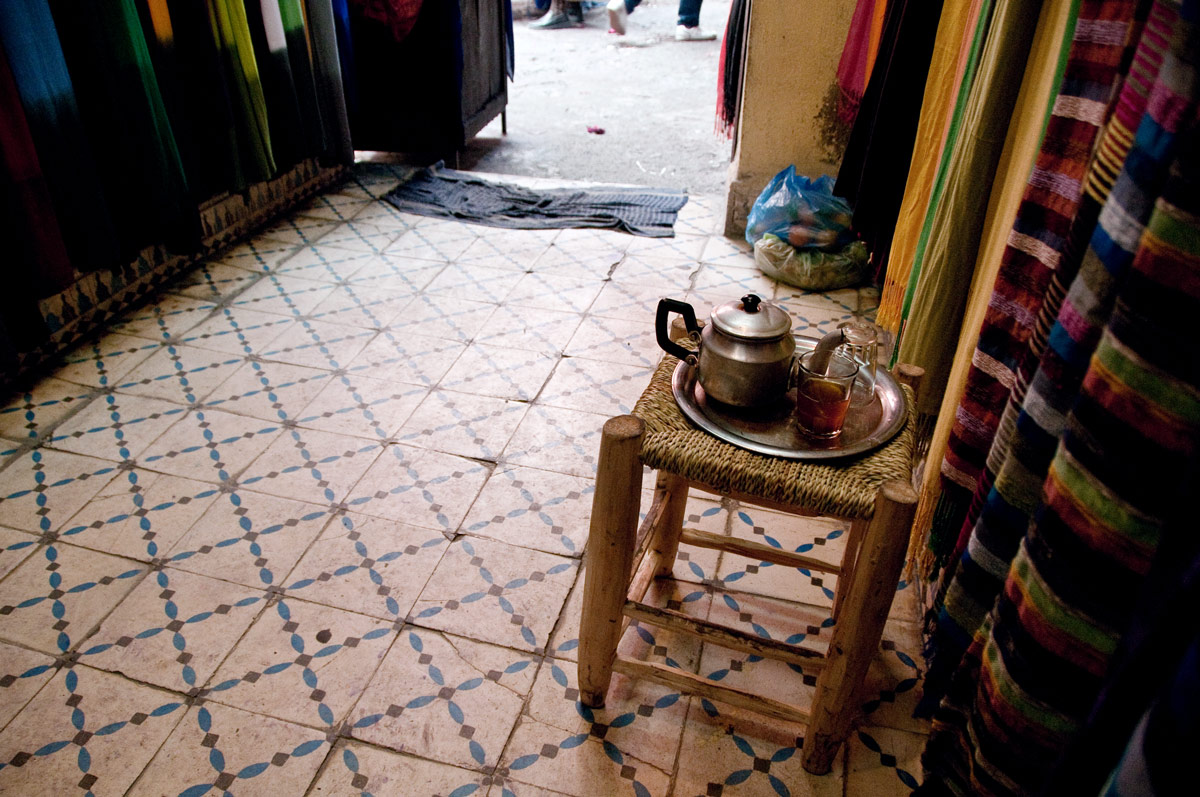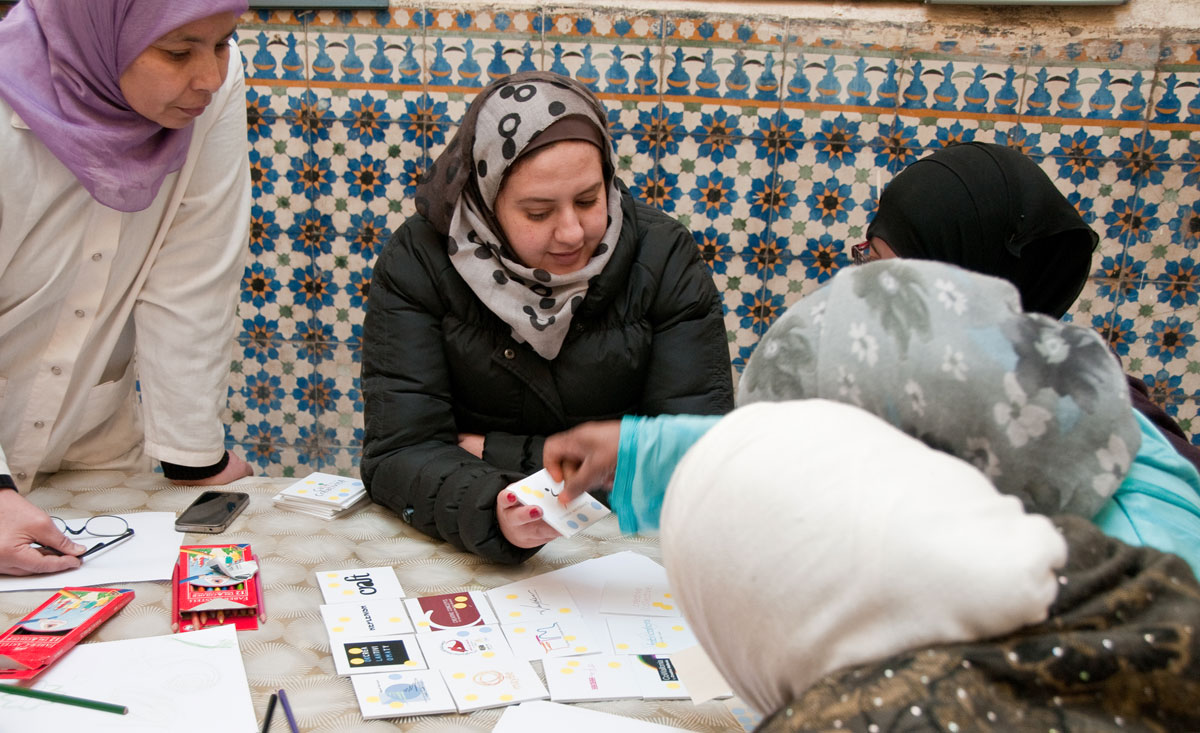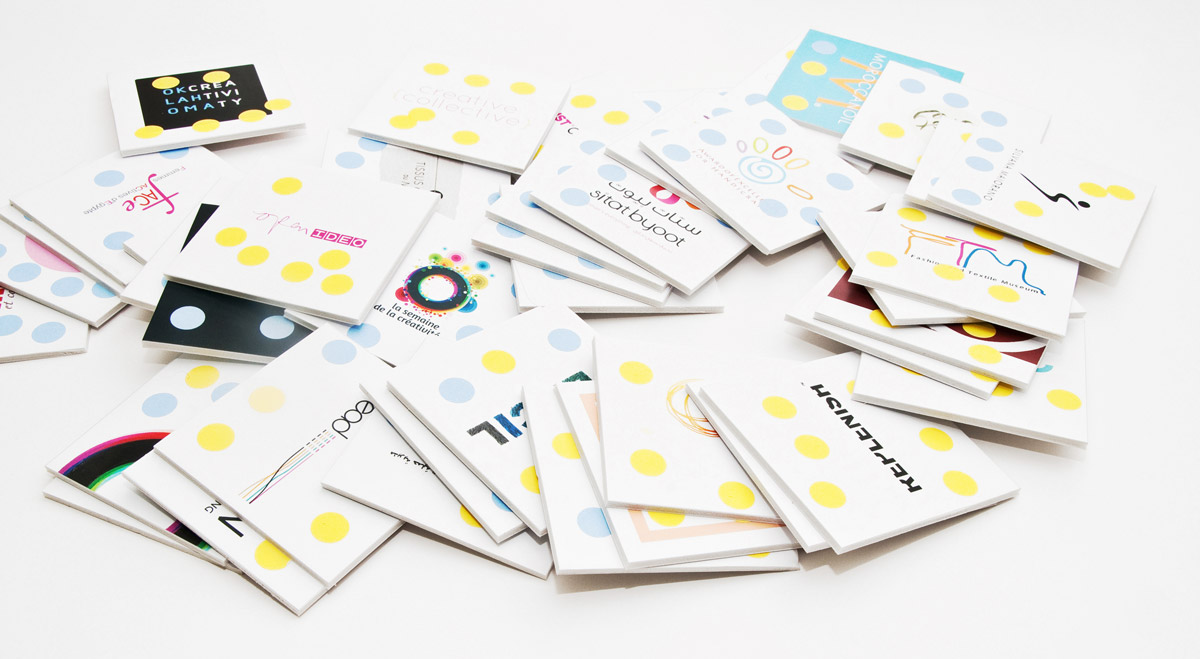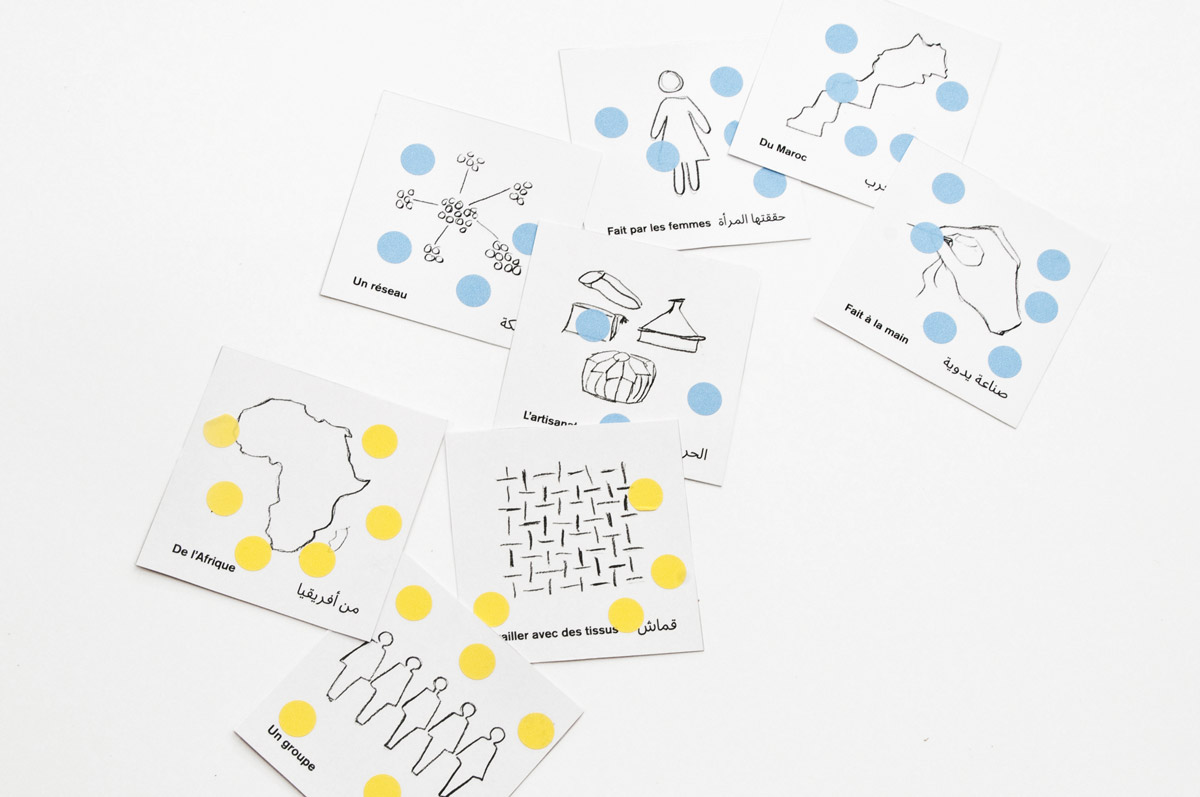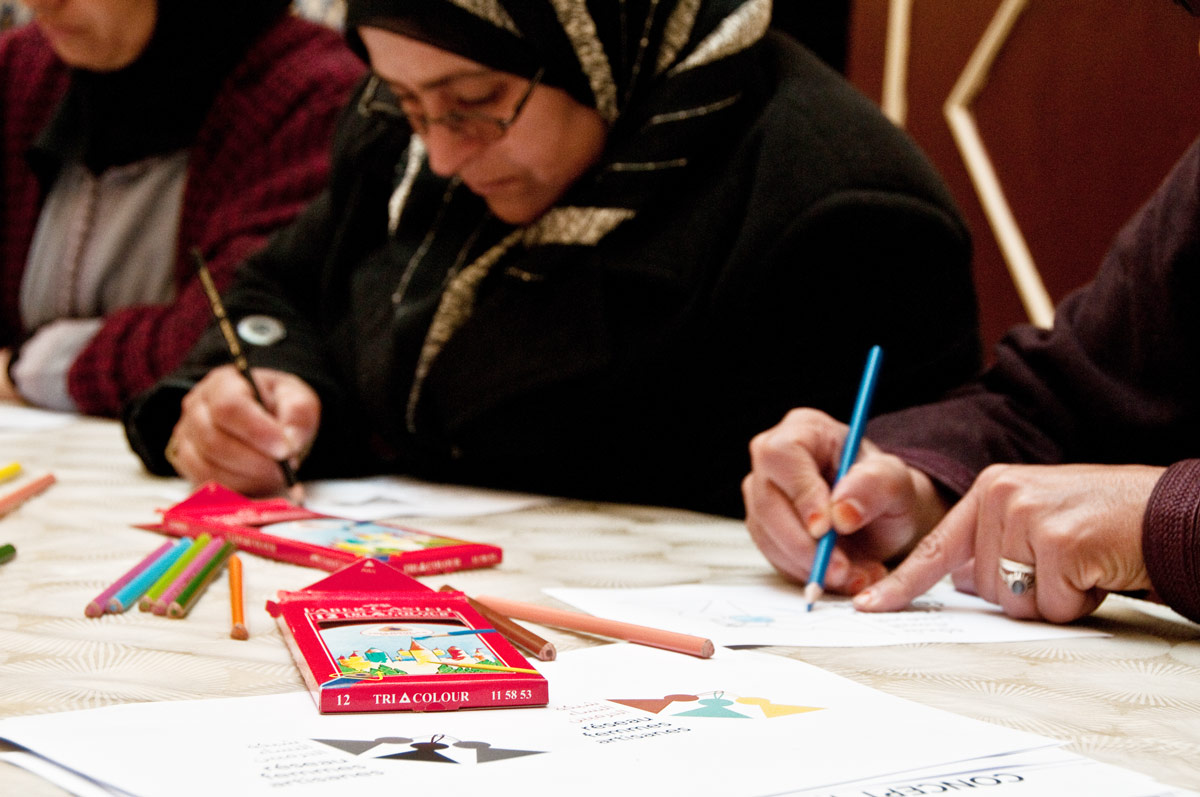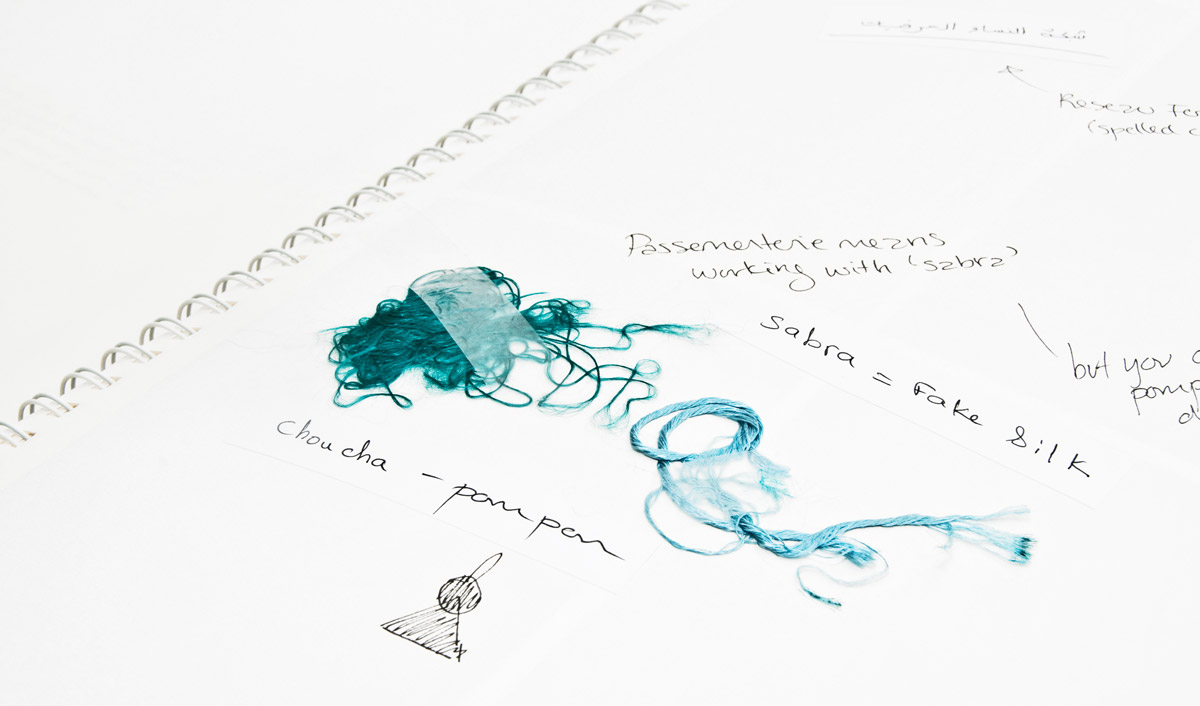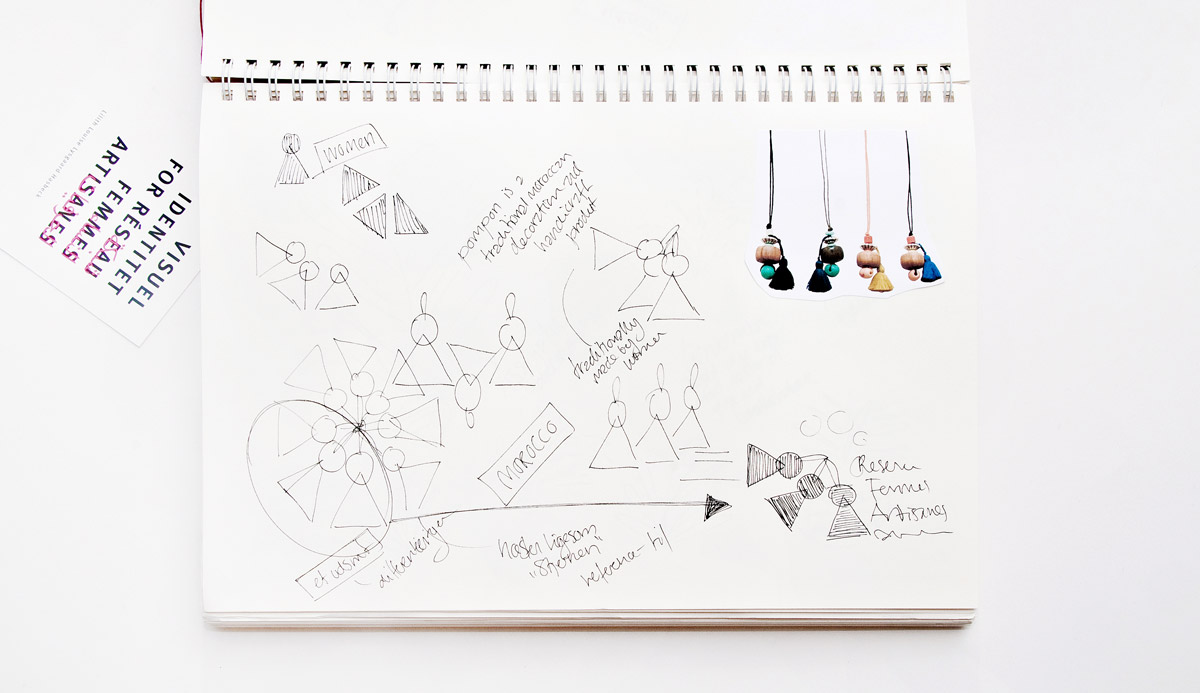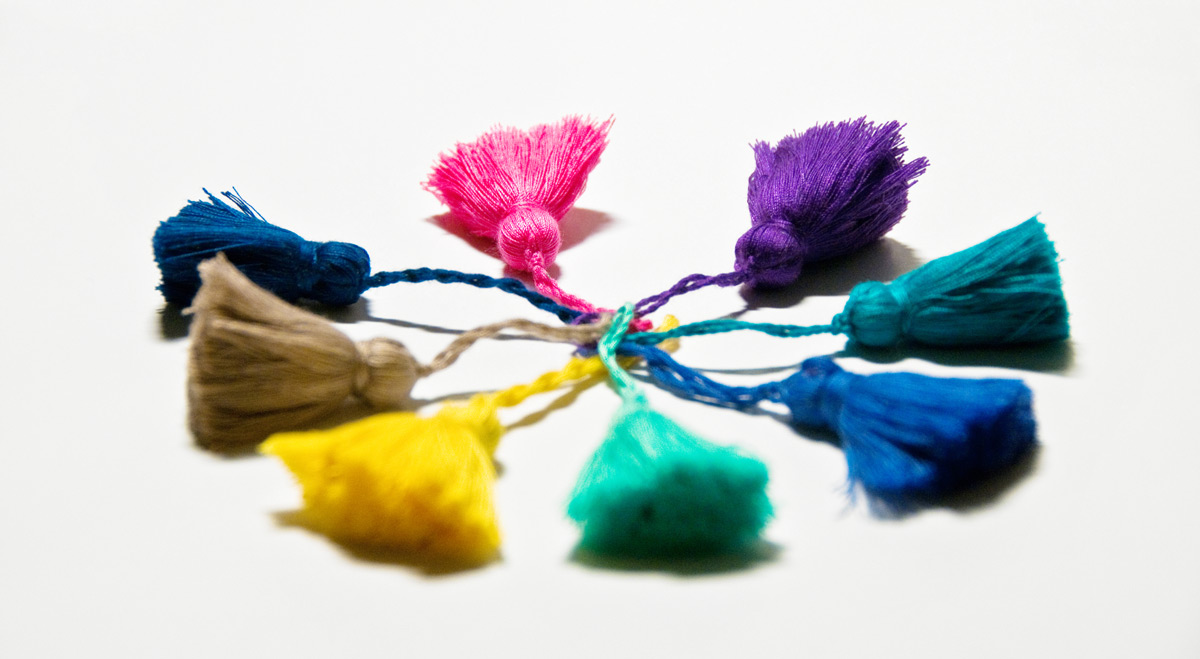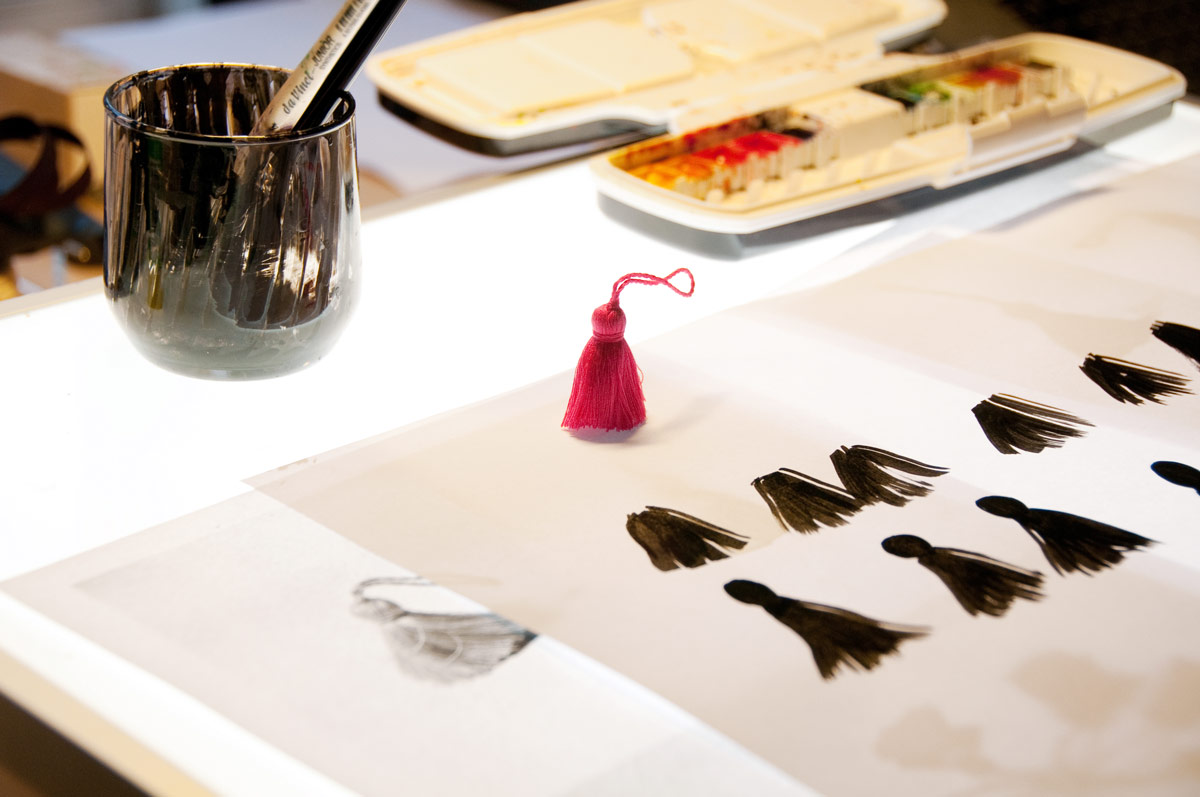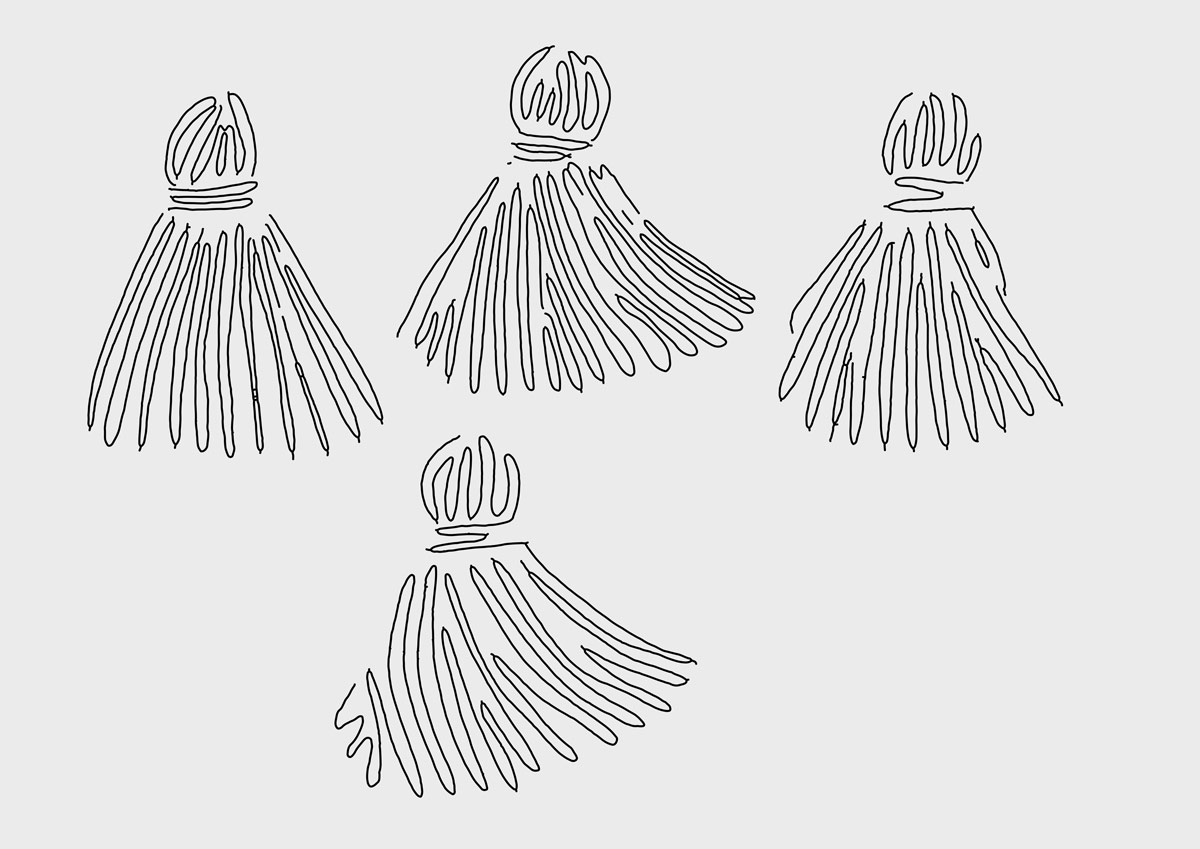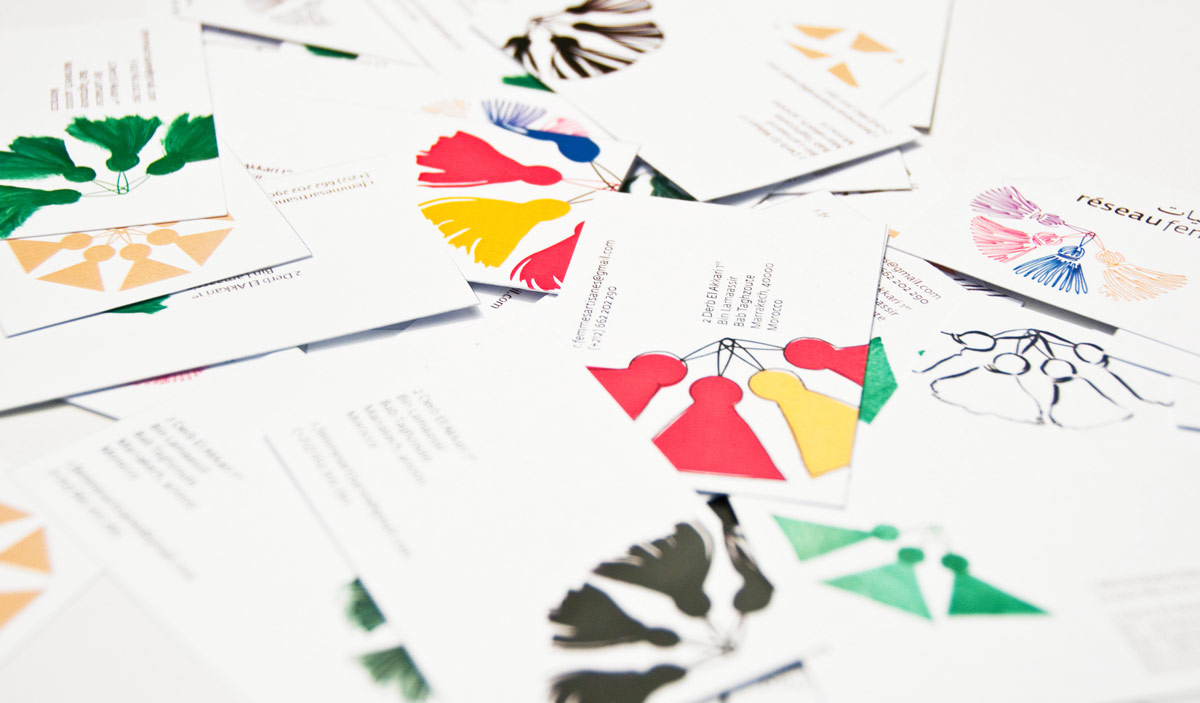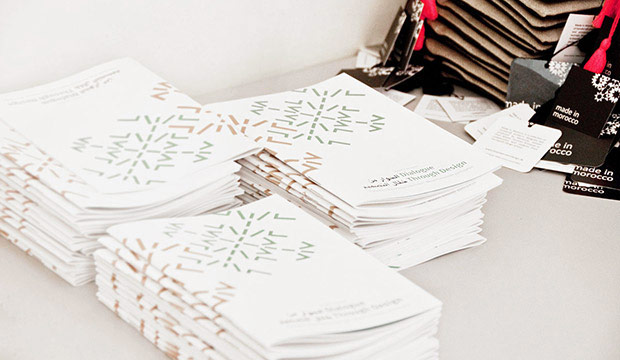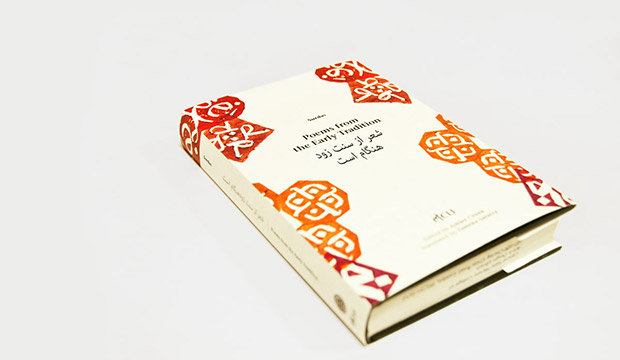The design
The final design is bilingual, and a combination of Western and Moroccan aesthetics in a cross-cultural visual language. The pompon resembles the stature of a woman, and refers to traditional Moroccan handicrafts as well as most of Réseau Femmes Artisanes’ products.
To get closer to the predominant aesthetic sense in Morocco, I researched and studied first-hand Moroccan and Arabic design characteristics. This was part of the design itself. The outcome of the visual research — consisting of photographic observations, notes from conversations with Moroccan artisans as well as historical research — is a series of small, unpretentious booklets.
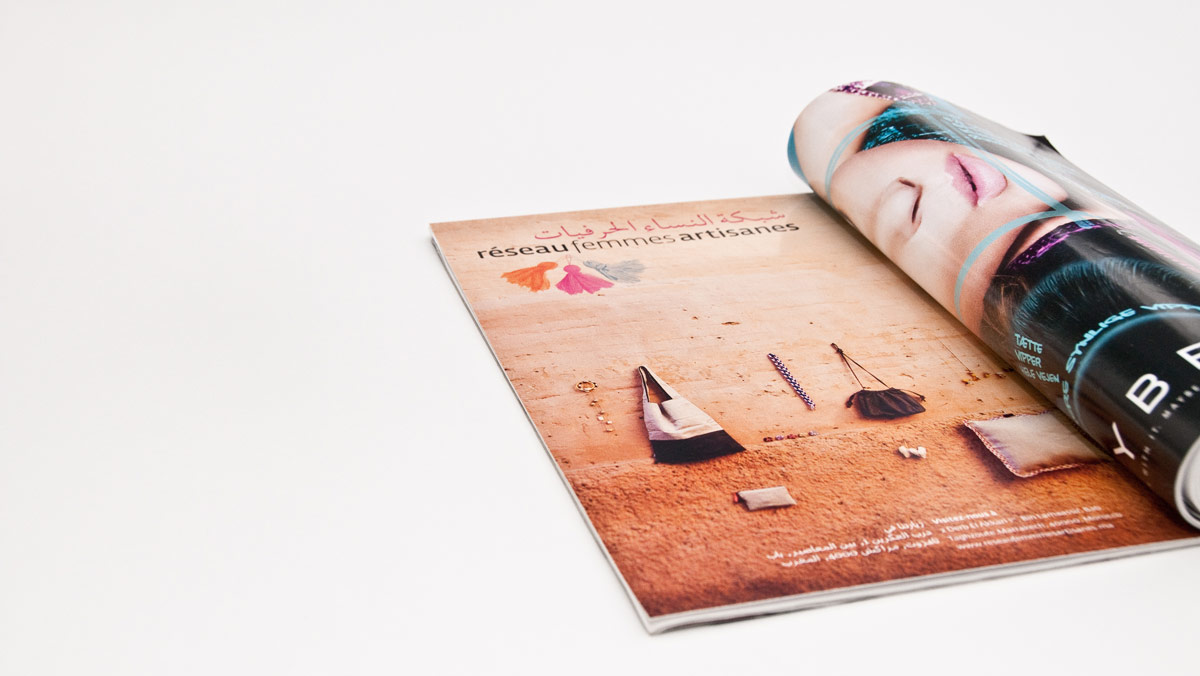
Example of a printed ad with their products in focus in a Moroccan context (a 'classic' Marrakech wall).
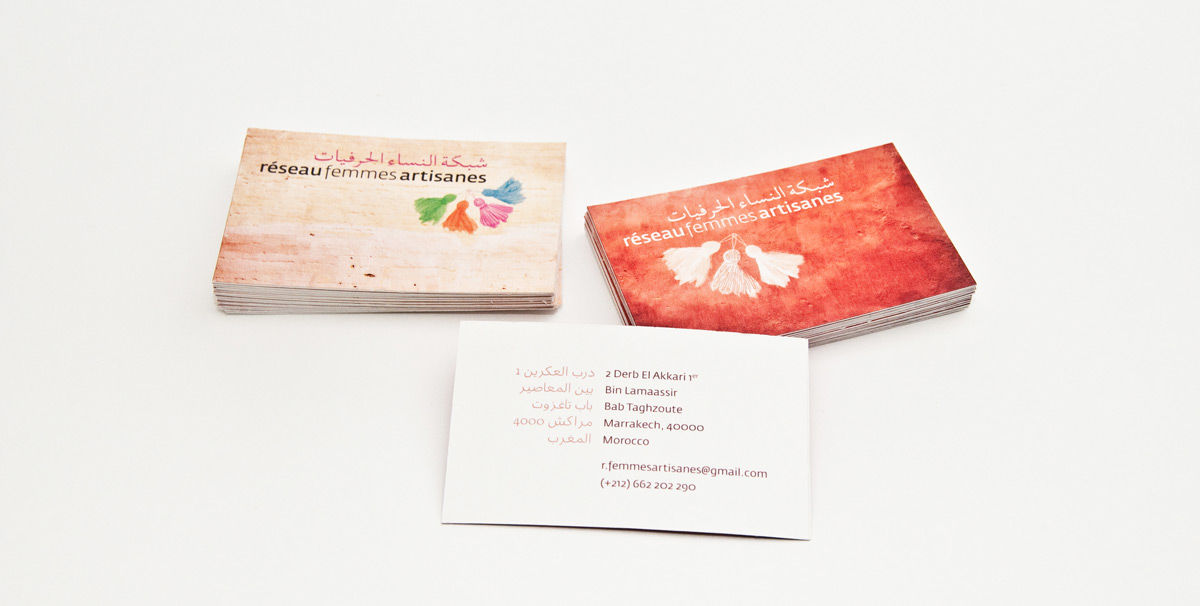
Business cards for the network in two different styles.
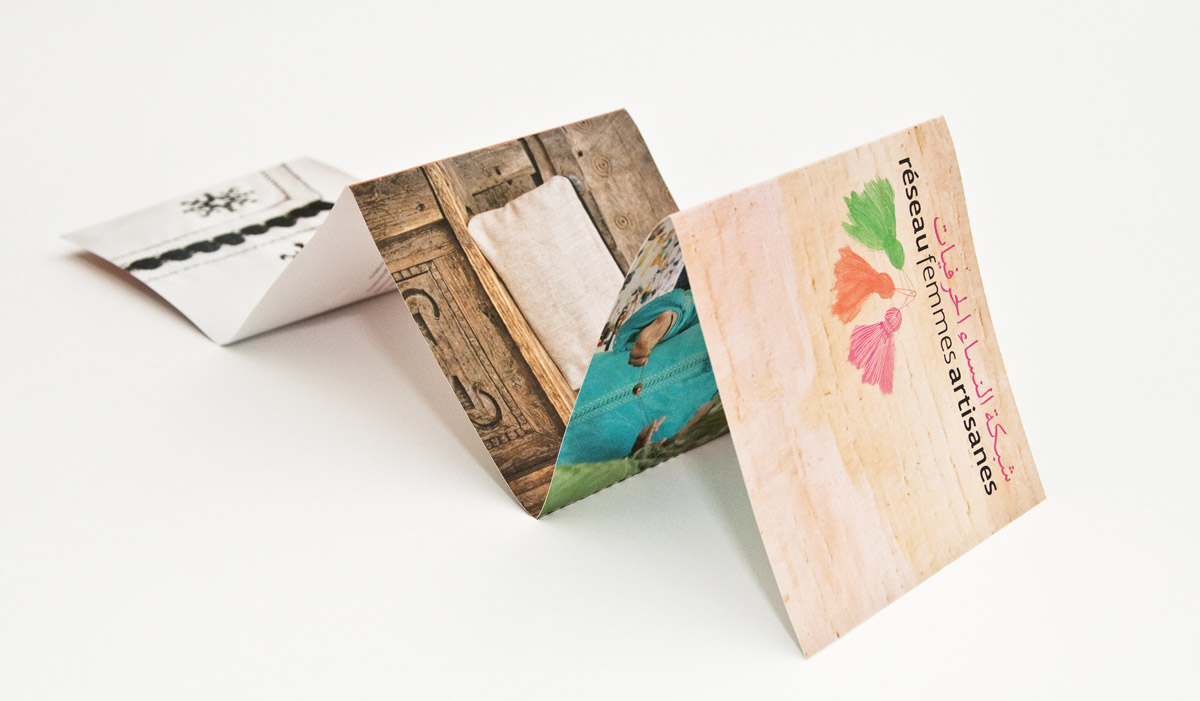
A small folder for hotels, partners etc.
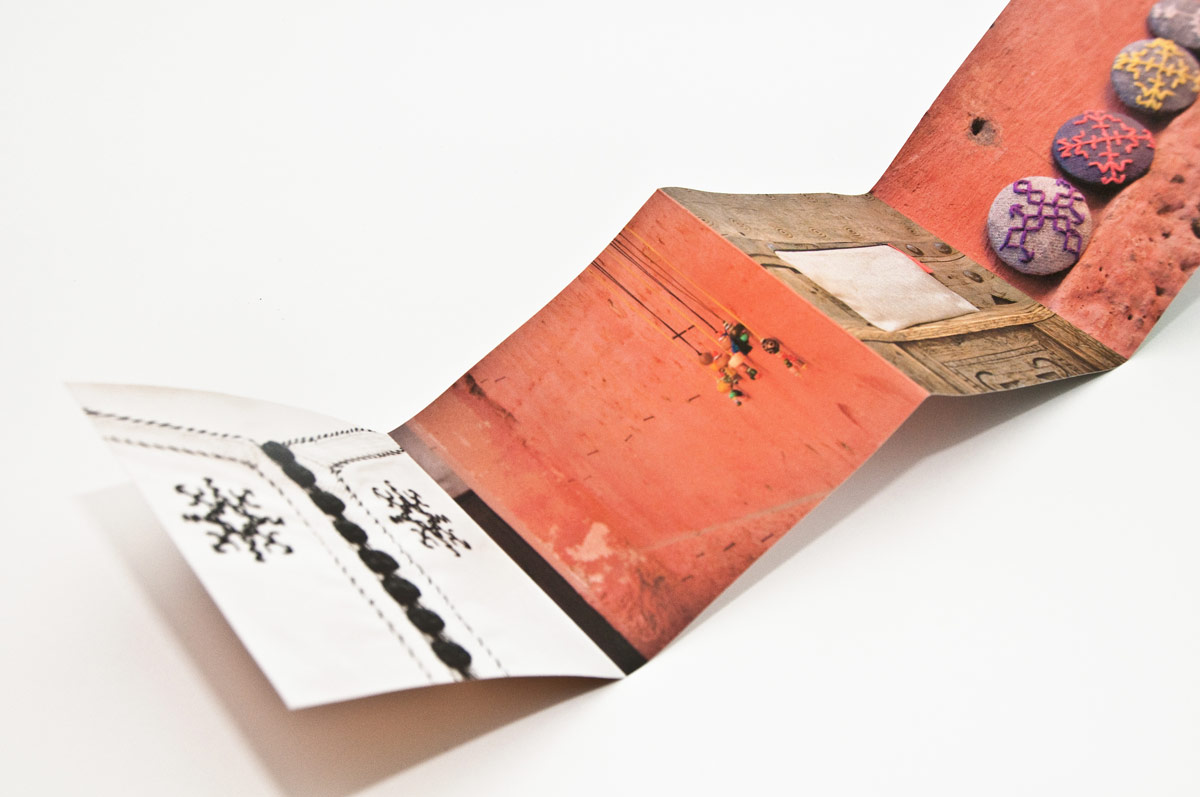
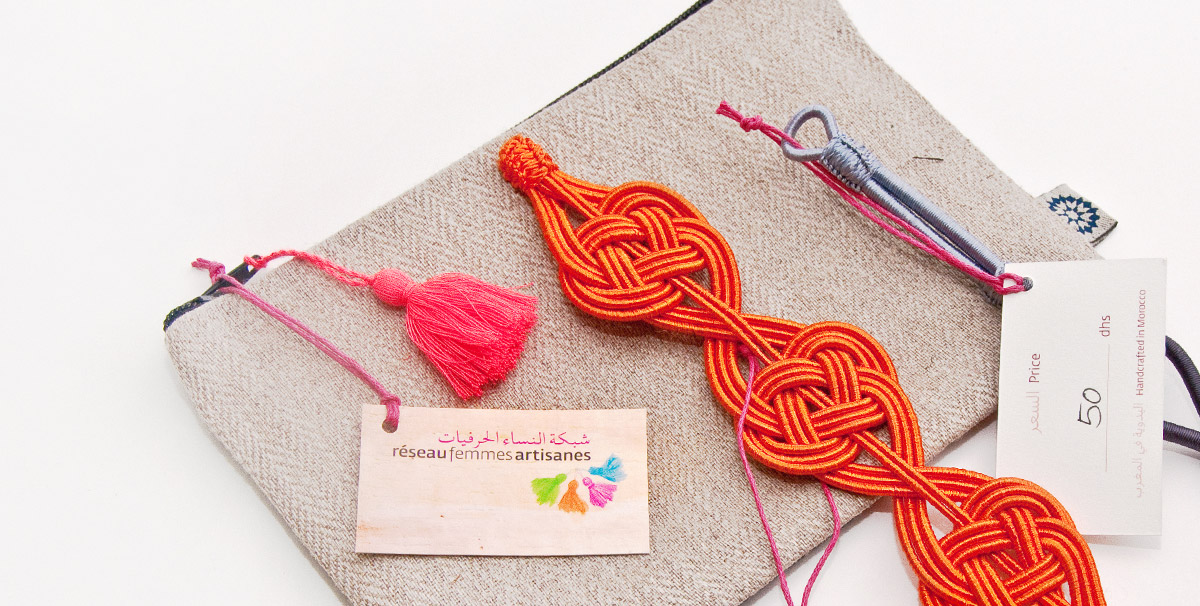
Price tags for their different products.
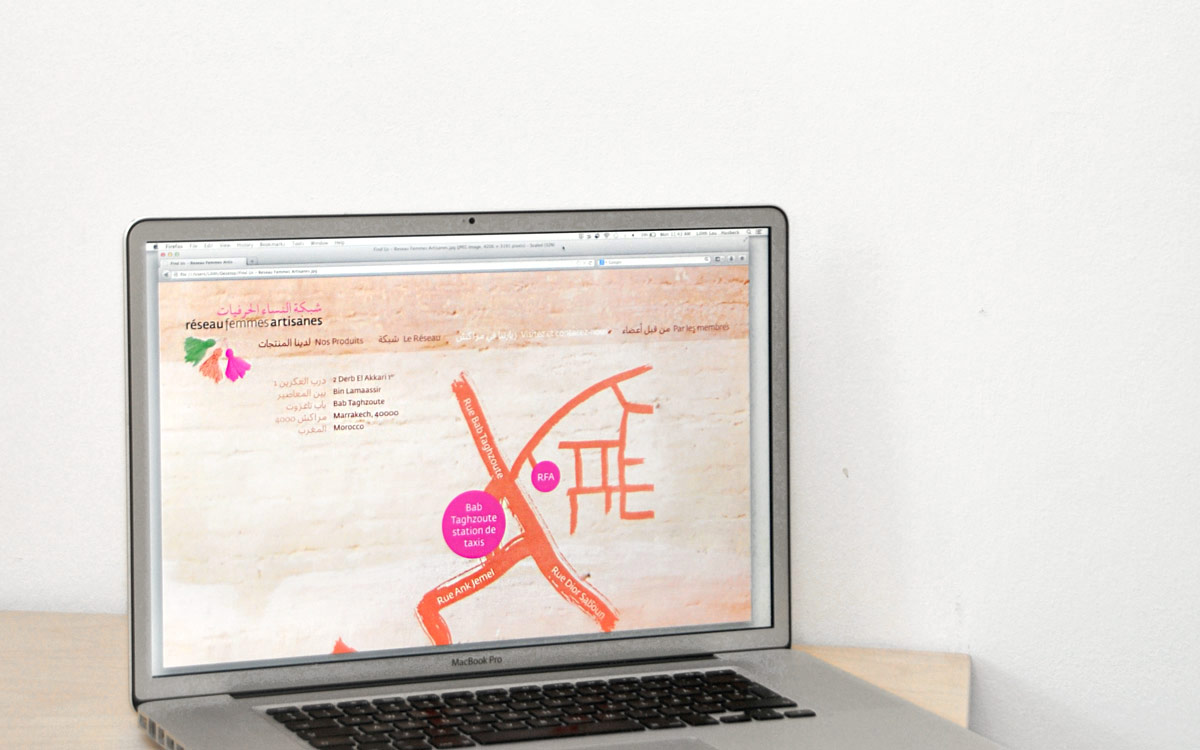
Furthermore, I designed a visual concept for the website; how it could look and work.
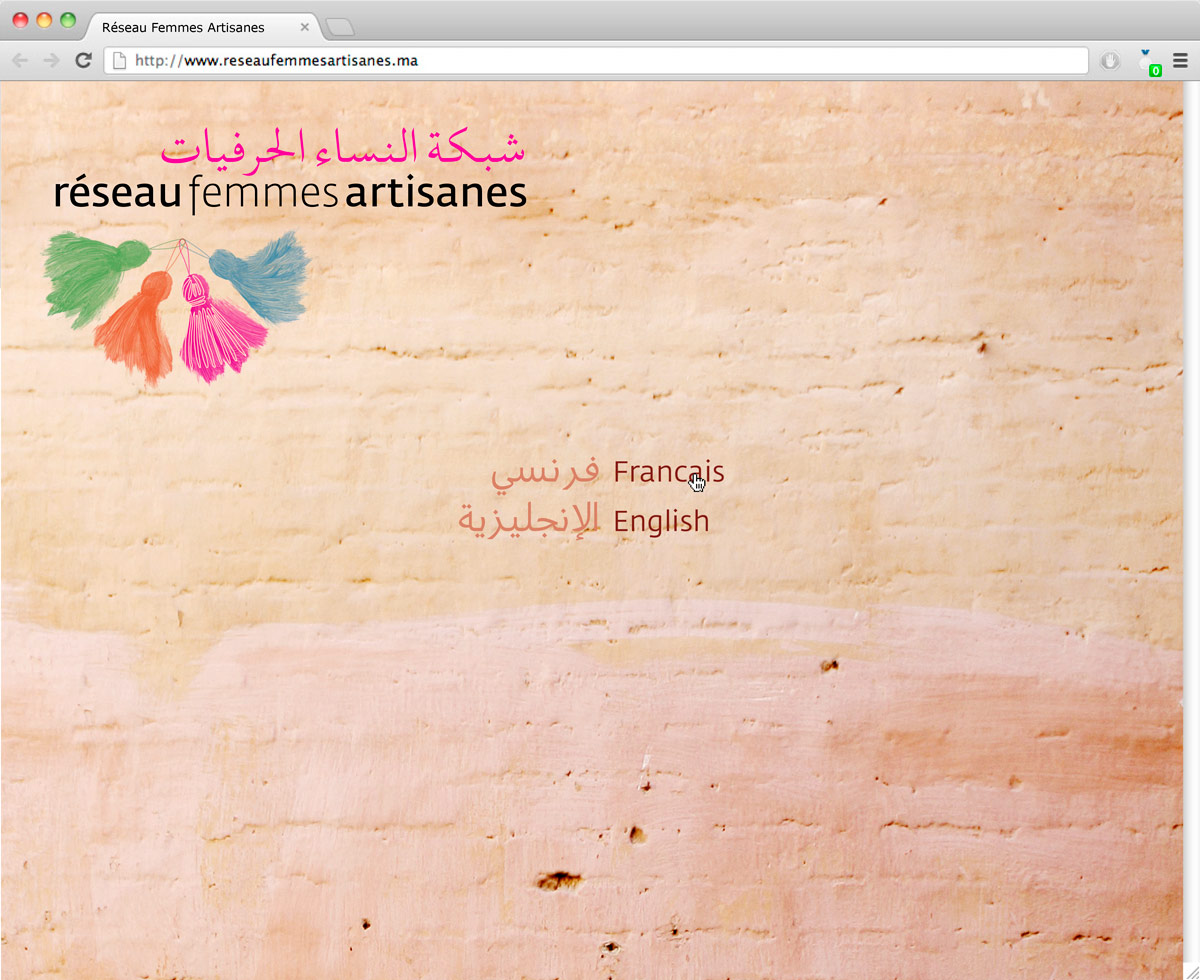
When entering the website, choosing your language is important. The arabic is always present, but the language it mirrors itself against has to be chosen.
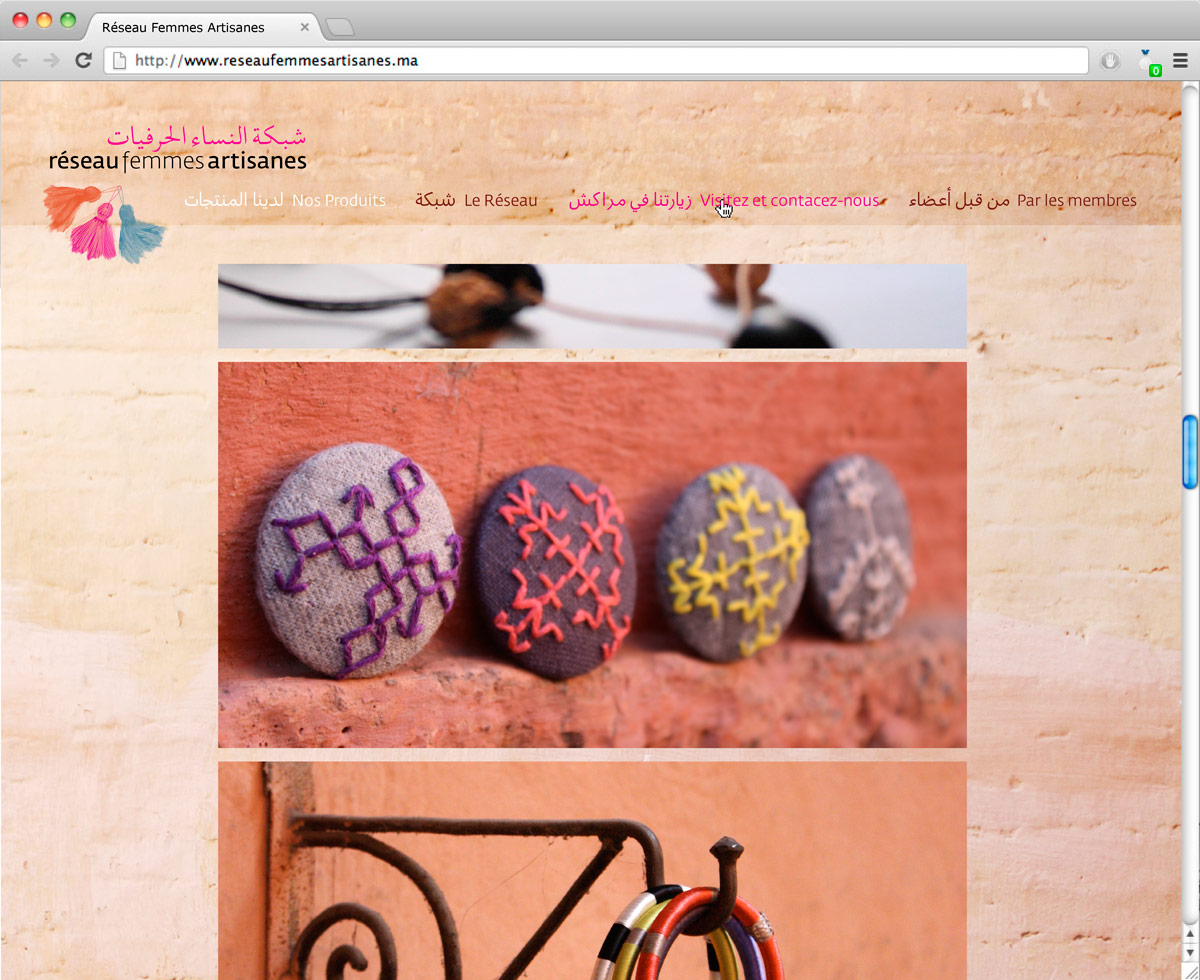
The women's products (photographed in a local context) are kept in focus.
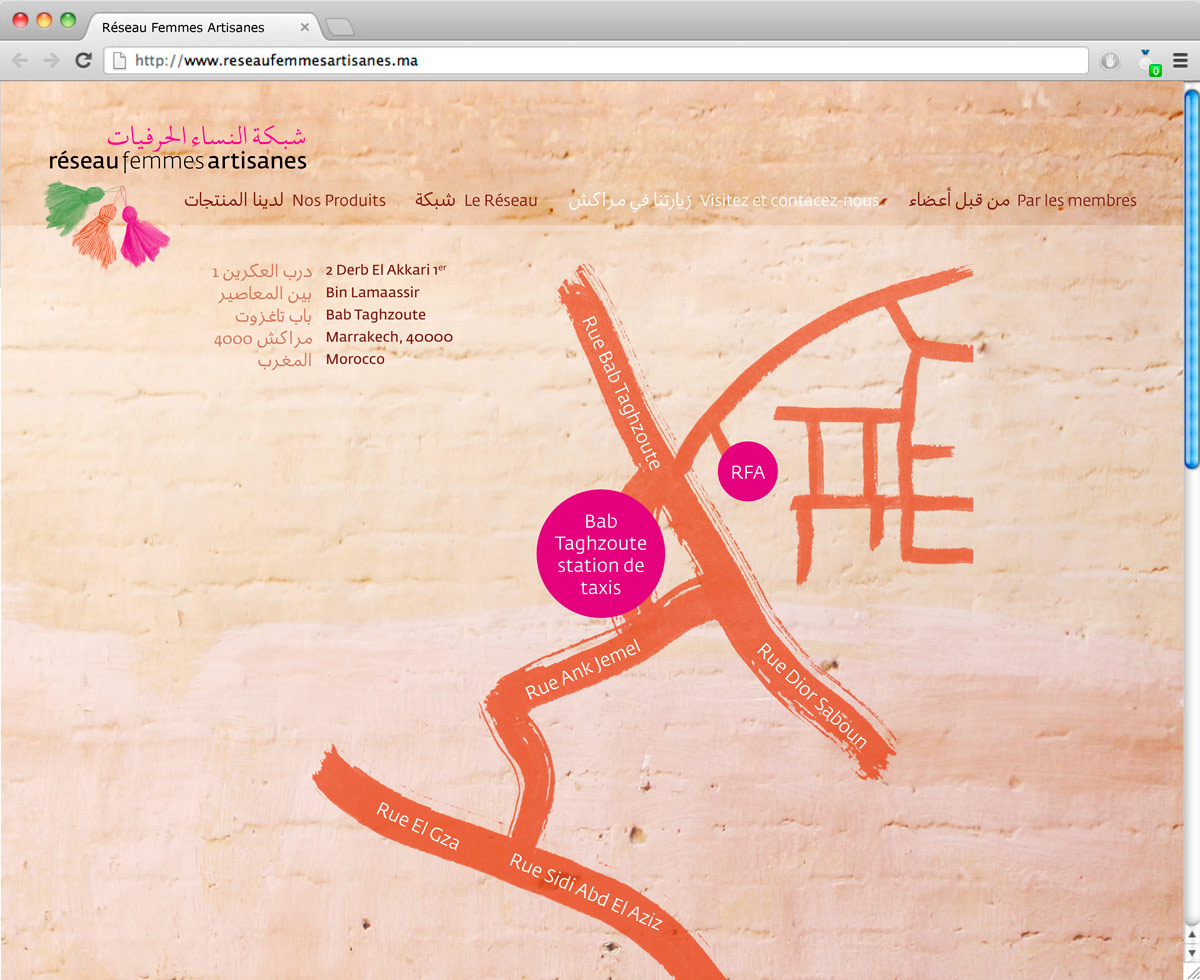
The graphics mirrors the handmade feel of the products as well as the city of Marrakech.
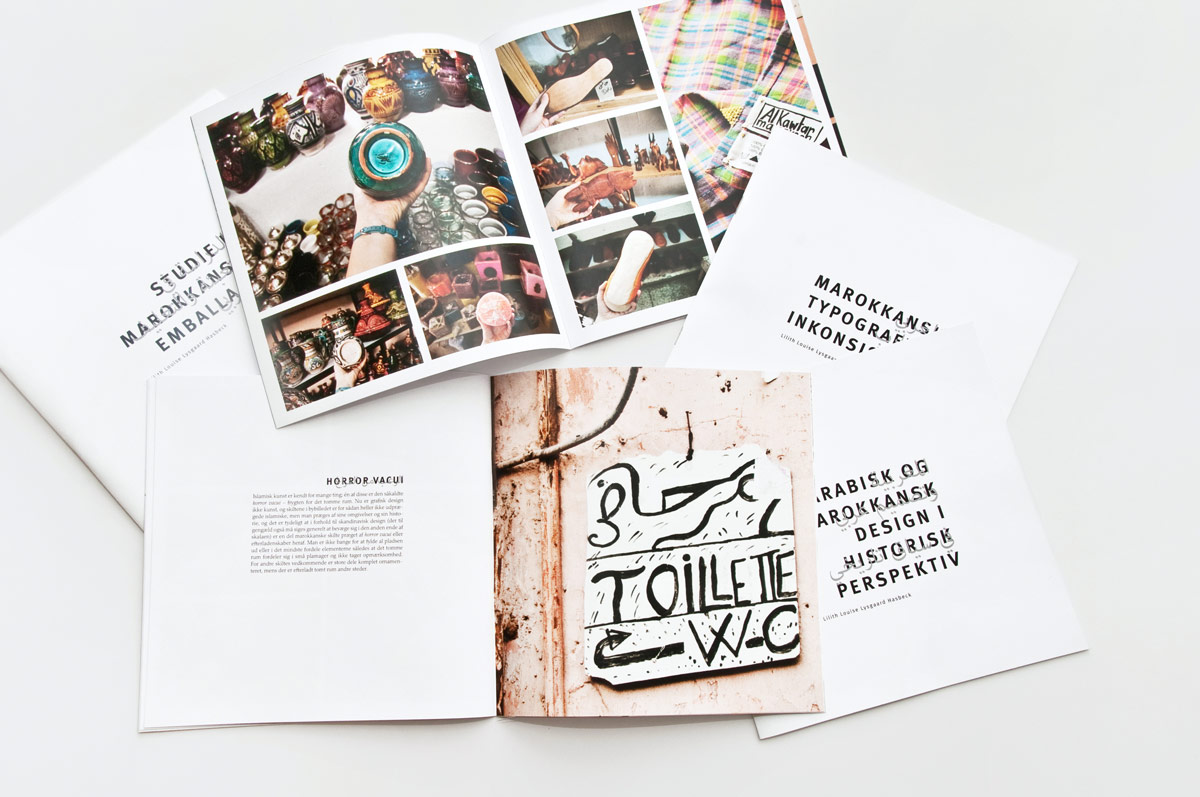
The cultural study booklets on Arabic and Moroccan design history, typographic observations, Moroccan packaging, and observations of the use of signage, as well as branding and logos in the souq.
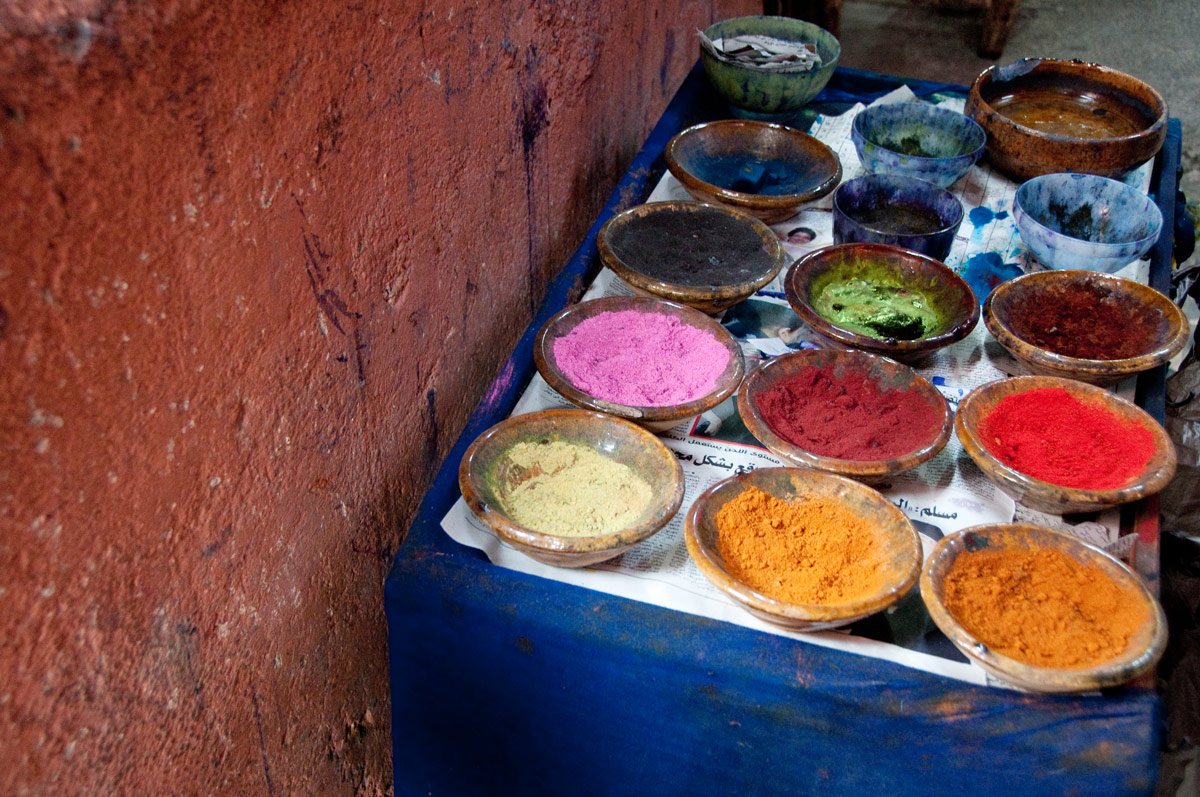
One thing very characteric to life in Marrakech is the use of colours.
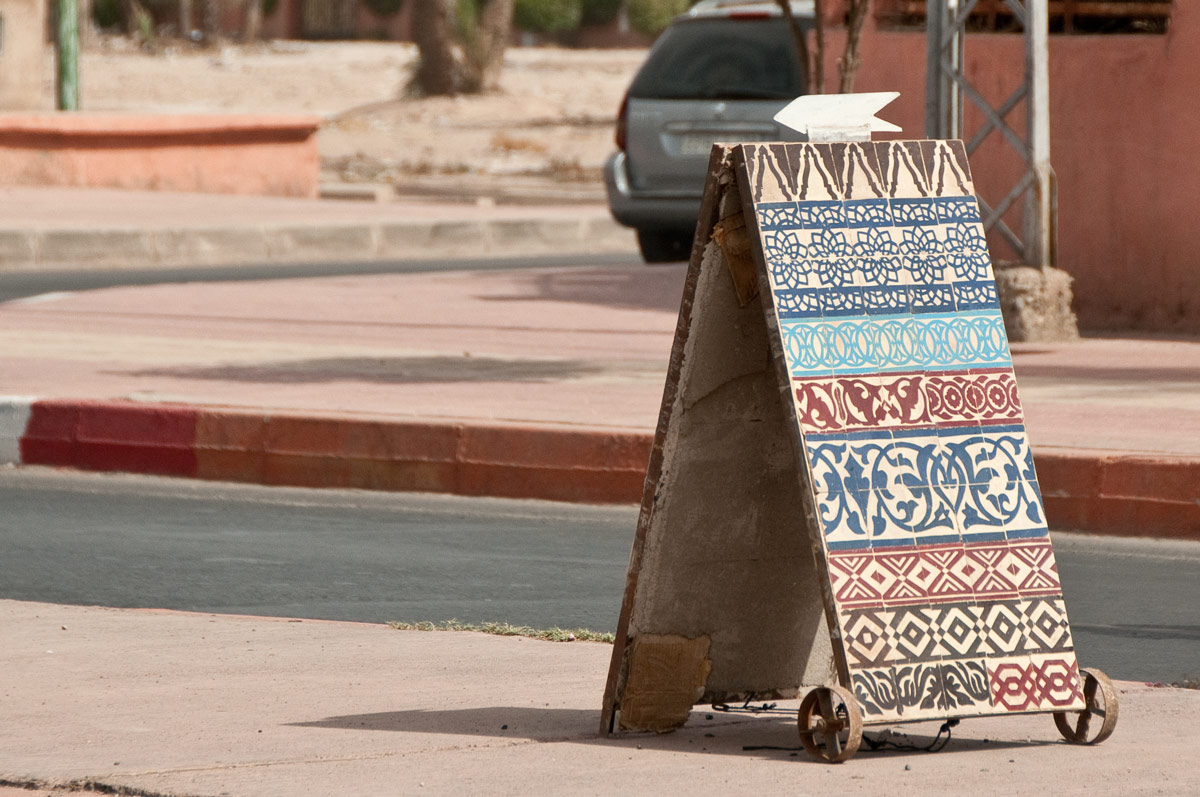
'Show, don't tell' is often true for many signs in Marrakech, partly because of the language barriers. The level of 'visual abstractness' is not as high as most of us are used to; yet the creativity to avoid using words is higher.
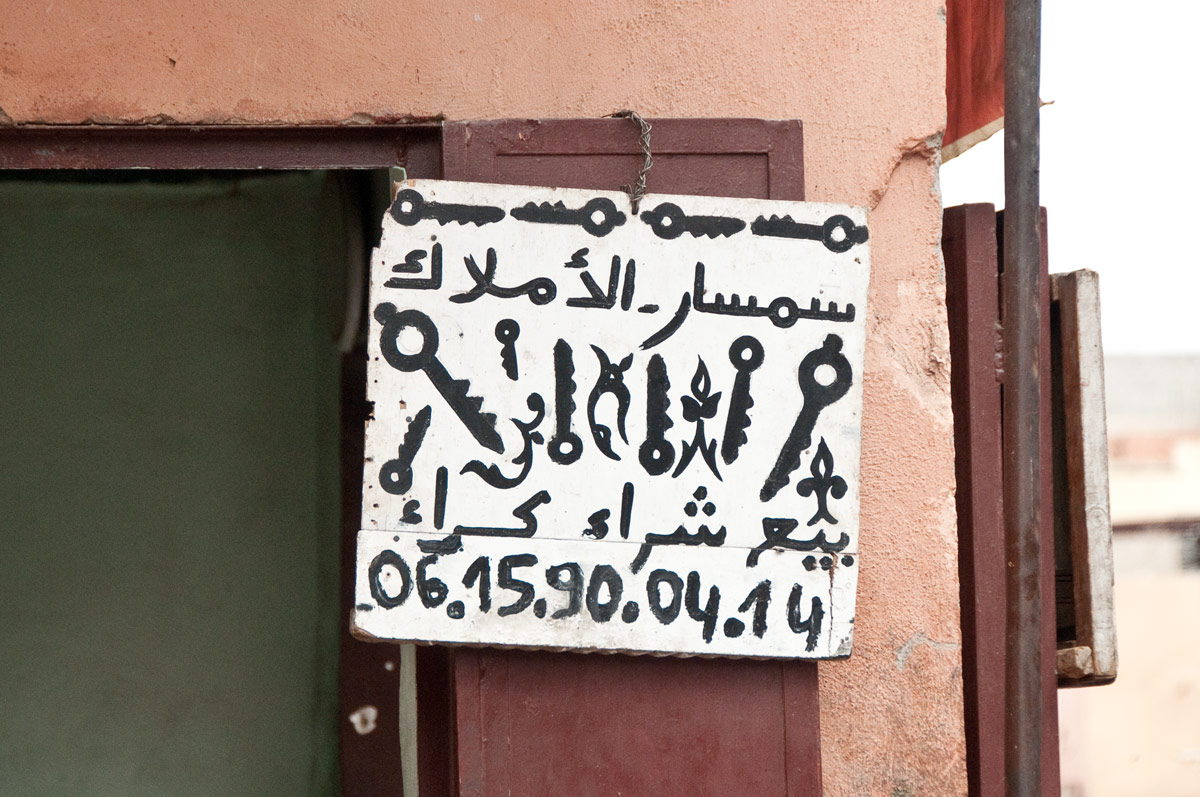
The tactility and tangibility of signage, and communication (not to mention life) in general is key to the feel of Marrakech.
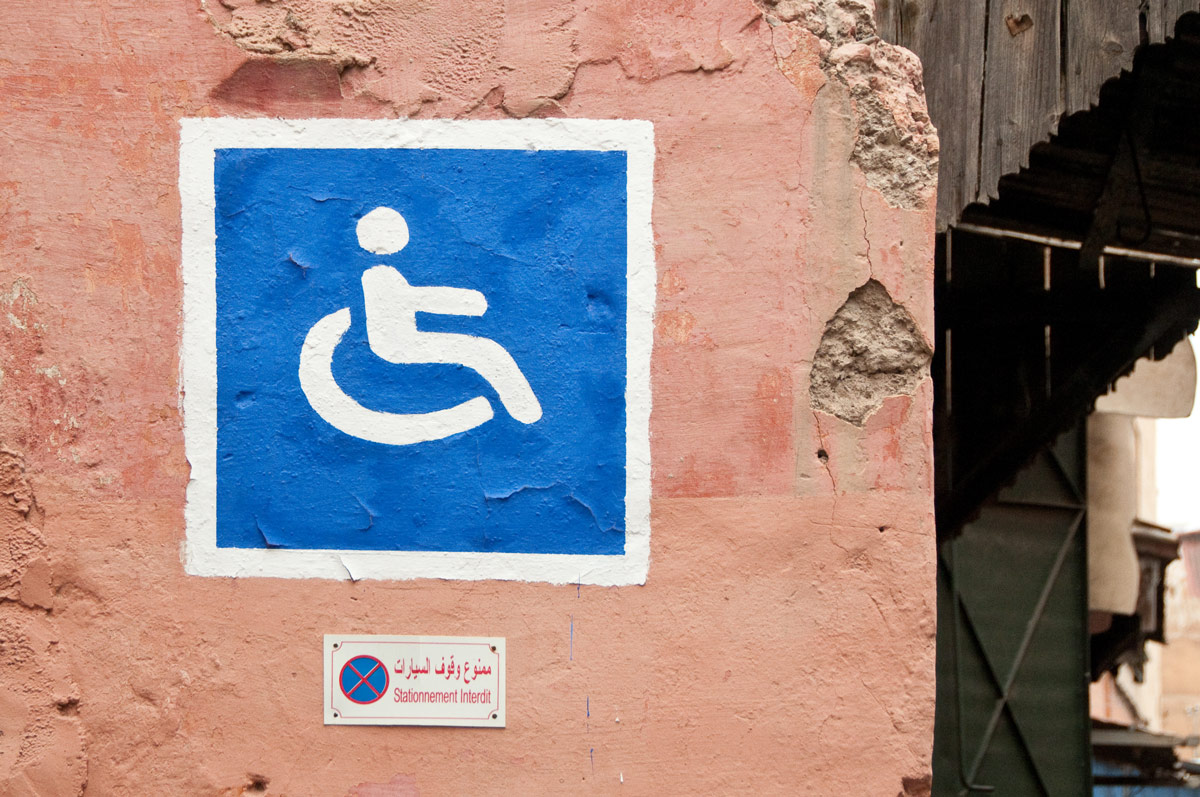
Even official signs are handpainted.
